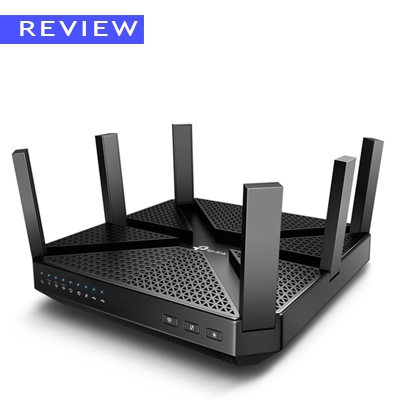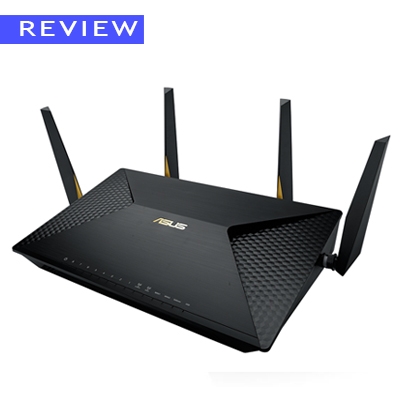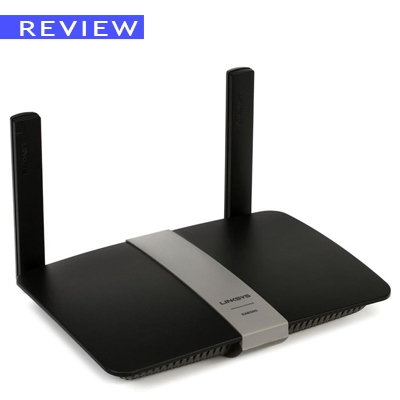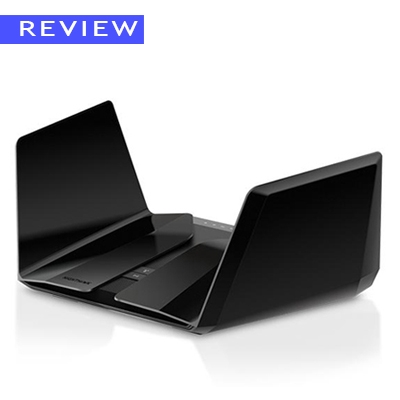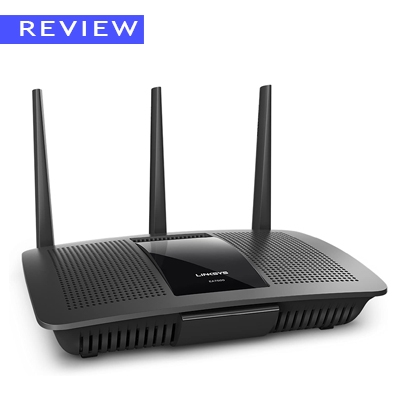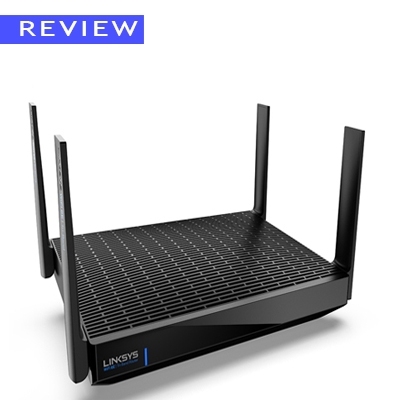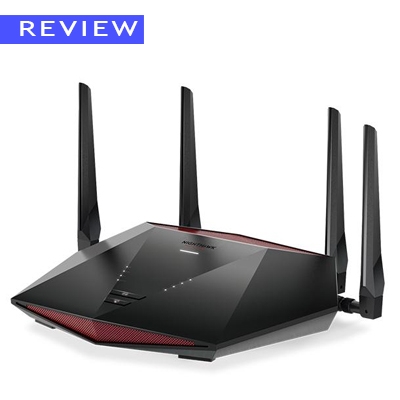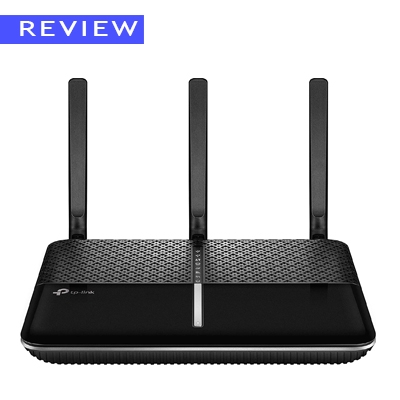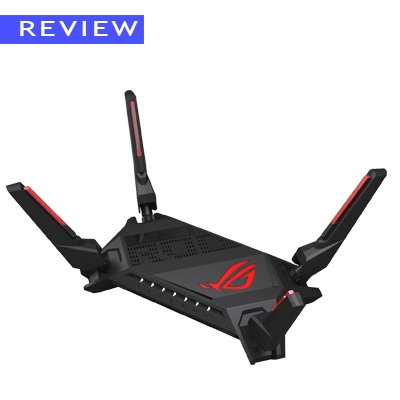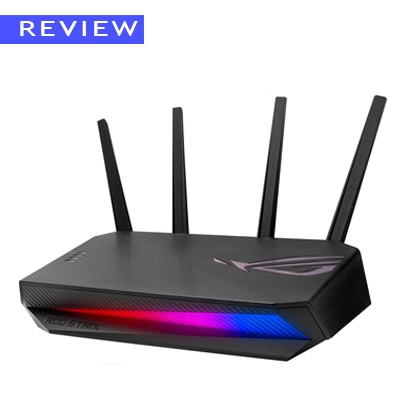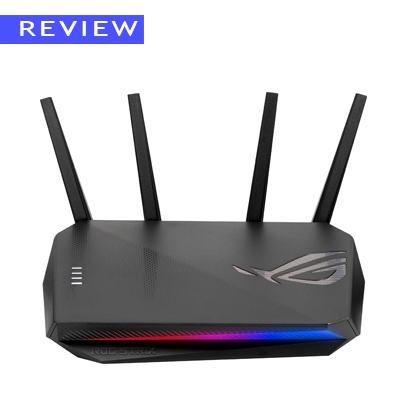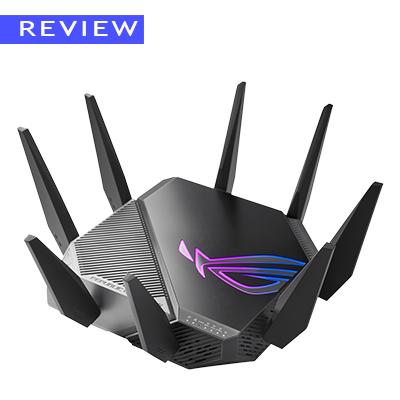Here are some key factors to consider when selecting a Wi-Fi router:
- Wireless Standard: Wi-Fi routers operate on different wireless standards, each with its own data transfer speed and range. The latest standard, Wi-Fi 6 (802.11ax), offers the fastest speeds and best range. If you plan to use multiple devices simultaneously and have a larger home or office, a Wi-Fi 6 router is the best choice.
- Coverage Area: The coverage area of your WiFi router will determine how far your Wi-Fi signal will reach. For smaller homes, a single router should be sufficient. However, for larger homes or homes with multiple floors, you may need to consider using multiple routers or a mesh system.
- Security: Your Wi-Fi router is the gateway to your home or office network, so it’s important to choose a router with strong security features. Look for a router with WPA2 or WPA3 encryption, which will protect your network from unauthorized access. For added security, consider a router with a embedded security system ( Like AiProtection for Asus routers and Homecare for TPLink routers).
- Ethernet Ports: connect wired devices to the network. They typically have speeds of 100 Mbps, 1 Gbps, or 2.5 Gbps. For basic internet needs, a router with 100 Mbps Ethernet ports is sufficient. For bandwidth-intensive tasks, a router with 1 Gbps or faster Ethernet ports is recommended.
- WAN Port: connect the router to your internet service provider. They typically have a speed of 1 Gbps or 2.5 Gbps. For most home users, a router with a 1 Gbps WAN port is sufficient. For higher-speed internet connections, a router with a 2.5 Gbps or faster WAN port is needed.
- Antennas: Wireless Routers can have one, two, or more antennas. More antennas allow for more beams of radio waves, improving signal coverage and reducing dead zones. For home routers, 1-3 antennas are typically sufficient. For larger homes, businesses, or environments with interference, 4+ antennas may be needed.
- USB Ports: Most Wi-Fi routers use standard USB Type-A ports, which are compatible with a wide range of devices, including flash drives, external hard drives, printers, and other peripherals. However, some high-end routers may also include USB Type-C ports, which offer faster data transfer rates and can be used with newer devices that support this type of connector.


